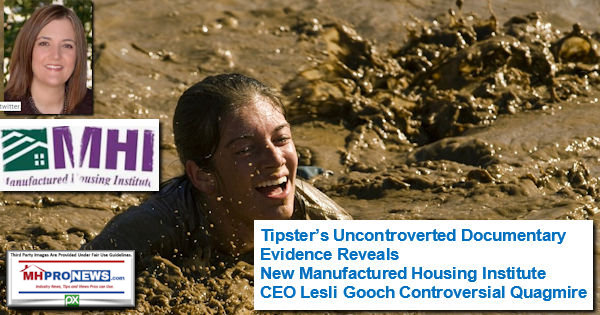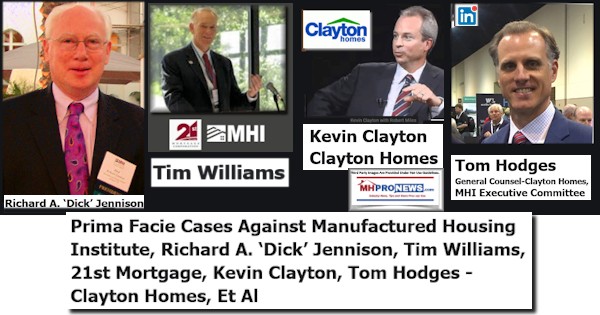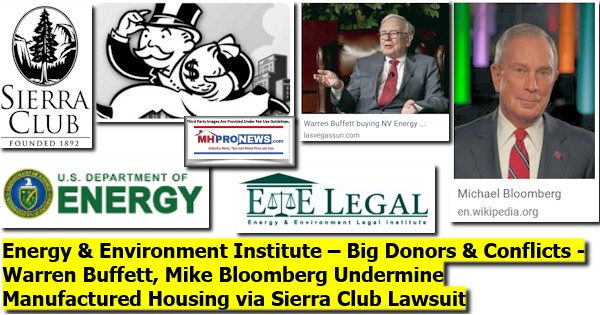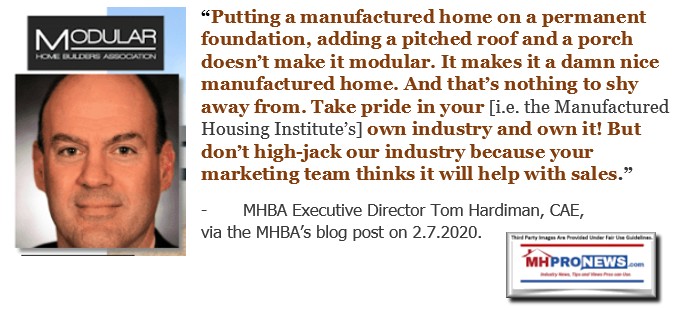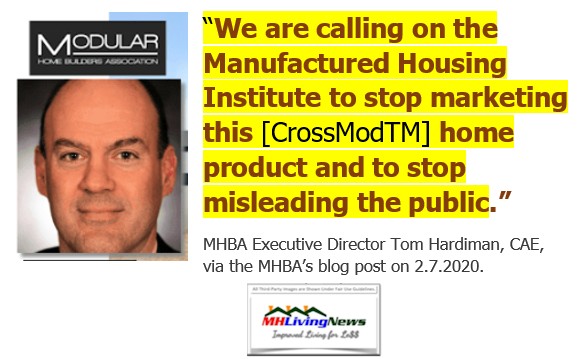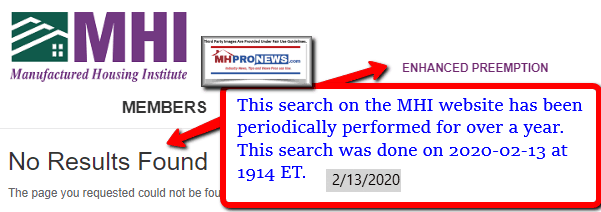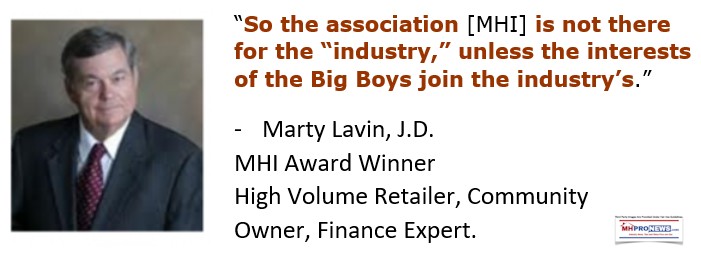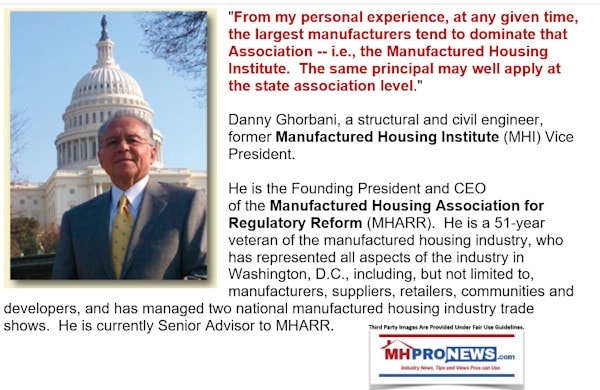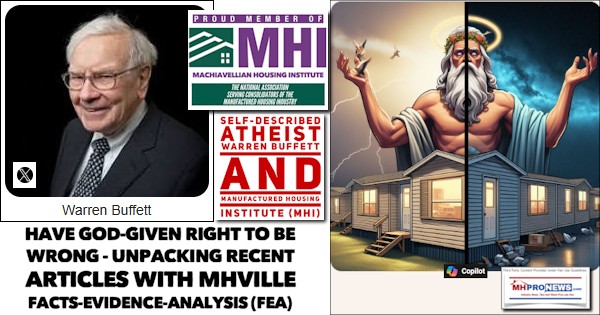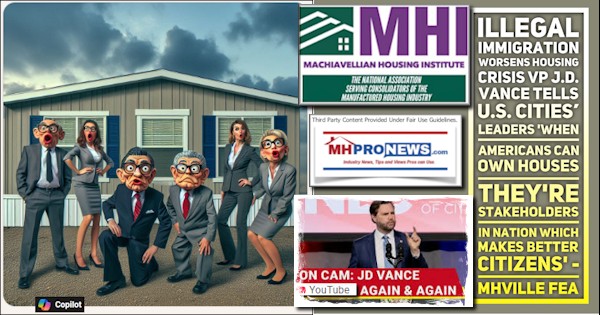“$22.96.
For 2019, the housing wage is $22.96 for a two–bedroom rental, and $18.65 for a one–bedroom. The means someone earning the federal minimum wage would have to work more than three full-time jobs — 127 hours per week — to afford a two–bedroom rental, and 103 hours for a one-bedroom.” That is per CNBC on June 26, 2019, with the typo “The means” [i.e.: This means] in their original copy.
There are times when granular details are useful. There are other occasions when someone wants to keep it simple, smarty (KISS).
As tragic as this pandemic is, it could in theory lead to a boom in manufactured housing. MHProNews will illustrate that step by step, but keep that simple KISS point in mind. Manufactured home sales could boom with the proper approach.
It is self-evident that with over 22 million officially thrown out of work in a matter of weeks as a result of the COVID19 Recession of 2020 that the data from just a few months ago doesn’t have quite the same meaning as today. Nevertheless, the historic snapshot still has real value. Why? Because there are going to be millions of Americans seeking more affordable housing. Hold that thought.
While it is too soon to call it a trend, our MHProNews evening market report for 4.16.2020 made it clear that an area of increasing building activity in March 2020 – after the COVID19 market disruptions began – was multifamily housing. Perhaps one reason why is found in this chart.
Even during recessions, demand for multifamily or apartments grew. Hold that thought, because it goes to the issues of affordability that ought to be near the core of the manufactured housing industry’s wheelhouse.
This next chart reflects what the wage had to be by state to rent a two bedroom apartment in 2019.
Look at those states. For instance, in New York that wage had to be $30.03 hourly to afford a two bedroom apartment. In Washington state, that figure is $26.87 hourly in 2019.
Then consider what the Scholastica “Gay” Cororaton said in her 2018 research for the third-party National Association of Realtors (NAR) in their May 2018 Journal of Real Estate.
That data and what follows underscores what MHProNews reported years before from the 2014 federal Government Accountability Office (GAO)
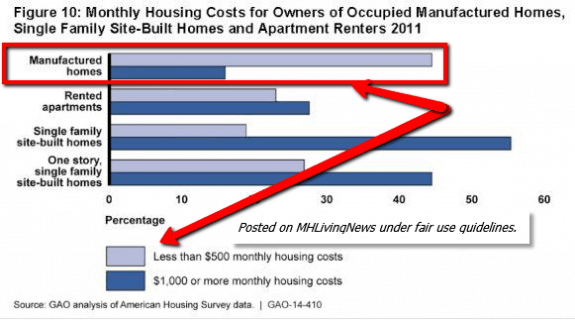
Against that backdrop, the next chart reflects the total manufactured home shipments by state in 2019 and 2020. Given the data above, isn’t it stunning what low totals almost every state in the U.S. has for manufactured home shipments/sales? Keep in mind that a percentage of those shipments are going to communities where the HUD Code homes are being used for rentals.
Manufactured homes are more affordable. They are the documented most affordable kind of permanent housing.
MHProNews Analysis and Commentary – The Lessons Learned?
What the report linked below reveals among other things is the tragic failure – as measured the obviously failed “new class of manufactured homes” now dubbed “CrossModTM homes.” But voices inside the Manufactured Housing Institute (MHI) as well as the Manufactured Housing Association for Regulatory Reform (MHARR) clearly warned against that now obviously problematic program. The concept was flawed from the start.
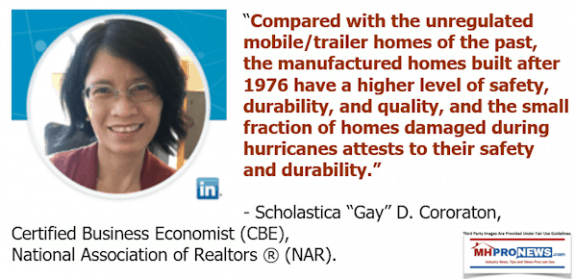
Kevin Clayton himself has said that you dance with the one who brought you to the dance. Had MHI and the powers that be emphasized what is good about all manufactured homes, even the least expensive ones, that would have elevated the entire industry.
Instead, MHI – pushed by the leaders of the largest producers of HUD Code homes promoted a concept that forced the modular home builders to understandably revolt.
Hardiman made valid points. MHI ought to ‘own’ ‘manufactured housing’ and ‘manufactured homes,’ not run away from their own terminology. But by MHI leaders taking the rope and running with it, they’ve starkly proven their own failures. MHI’s leaders are hanging themselves by their own words, deeds and claims.
What MHProNews has done is highlight the MHI leadership’s own patterns of behavior, routinely using their own words and claims to do so.
The foundational premise of MHI is arguably flawed. “The Manufactured Housing Institute (MHI) is the only national trade organization representing all segments of the factory-built housing industry.” Do you think that manufactured home owners, modular producers, numbers of independent communities and retailers think that MHI is doing a good job of representing “all?” In other industries, there are separate trade associations for production, retail, suppliers, financing and others.
MHI has demonstrated by years of underperformance during an affordable housing crisis that they are either failed, conflicted, inept and/or deliberately corrupt in a fashion that benefits a few while harming the many. That’s why the Manufactured Housing Association for Regulatory Reform (MHARR) has pushed for years to encourage independents to start their own trade group.
The Arlington, VA based organization is inept, conflicted, and/or corrupt at its core. The black hats running it have deceived white hats into trusting them. What can MHI leaders point to that merits any trust whatsoever by independents and many investors?
The industry’s mantra ought to be very simple. Keep it simple, smarty.
- The national and state trade groups ought to routinely and consistently push for full enforcement of the Manufactured Housing Improvement Act (MHIA) of 2000, and by its proper name, push for “enhanced preemption.” The fact that MHI doesn’t have those words on their own website in recent years when years before they did is an eye opening disgrace.
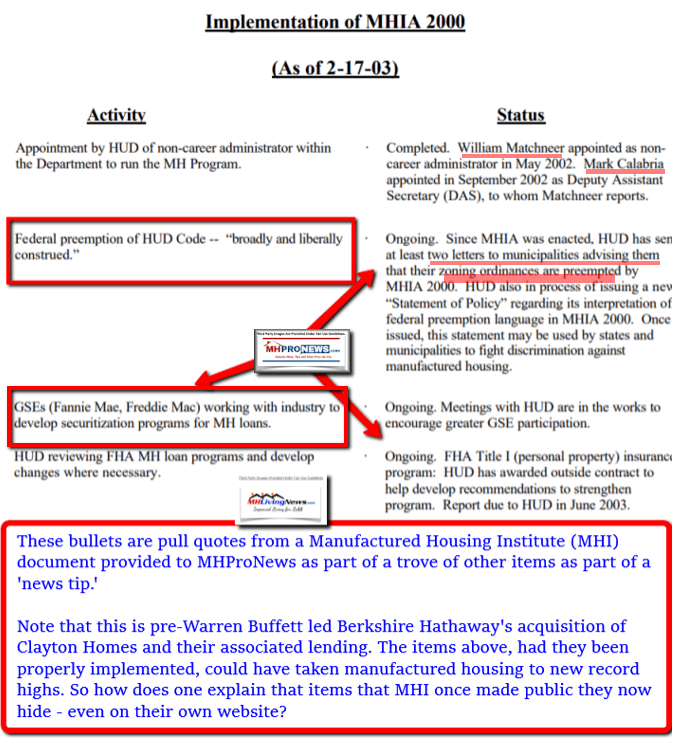
MHARR is the only known trade group that is doing this consistently and persistently in recent years. That speaks volumes. The contrast between MHI and MHARR on this topic is stark.
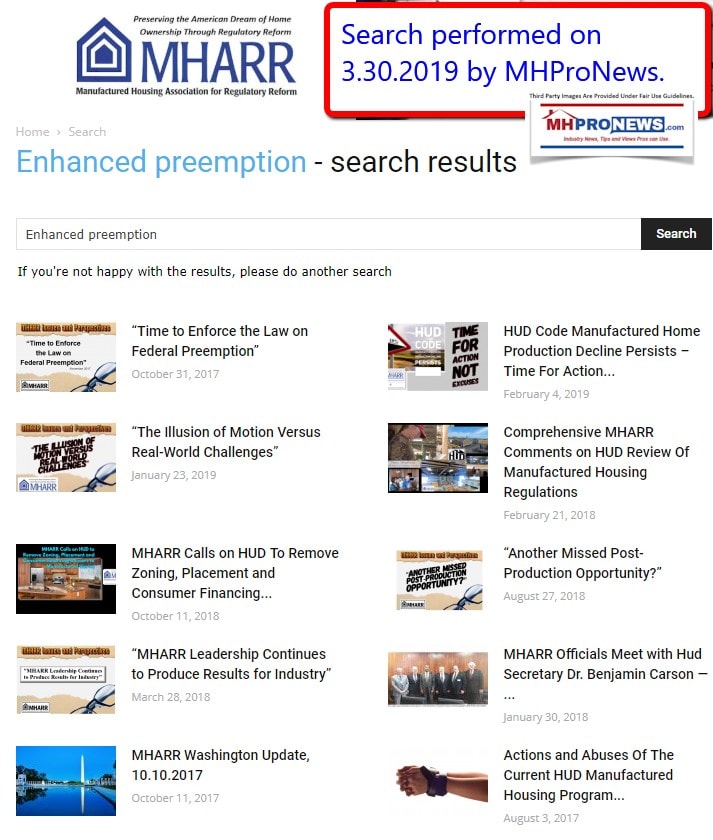
2. Manufactured home trade groups should push for the broadest number of lending options possible. The NAR and GAO data shown above reveals that millions could own a manufactured home for less than rent. During this pandemic and the post-outbreak timeframe, there will be an opportunity to serve millions who will be seeking more affordable housing. That demands more lending options, which includes, but is not limited to the full enforcement of the Duty to Serve (DTS) manufactured housing by FHFA regulated Fannie Mae and Freddie Mac. But it also means that other lending programs at the state or federal level (FHA Title I, FHA Title II reforms, VA, USDA, community development programs, etc.) should be robustly promoted. That should be part of MHI’s mission that they’ve obviously failed at. Who benefited? Arguably, Berkshire brands and a relatively few ‘big boy allies.’
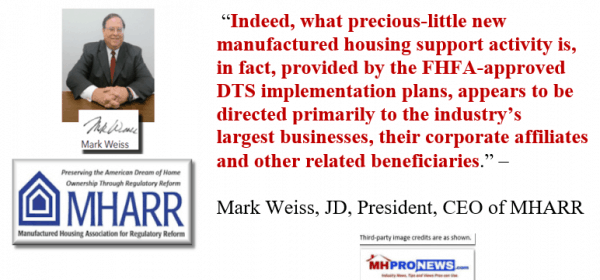
3. Proper and consistent marketing and image building. MHProNews has said for years that pretty pictures, sharp videos and 3D tours alone won’t do the job. That’s proven by the data. That doesn’t mean that these aren’t useful. But it does mean that without hard data and evidence there won’t be meaningful growth that would be consistent with the potential of the industry.

4. Engaging public officials, academics, media and NGOs in a consistent manner to investigate what’s gone wrong in manufactured housing. There are arguably corrupt public officials as well as corrupt and conflicted behavior in manufactured housing. That needs to be investigated and where wrongdoing is found, they should be prosecuted.
All of those 4 points could be benefited by an honest post-production trade group. That’s what white hat brands need. An honest, ethical trade group is a must. That’s why MHARR, MHBA and consumer groups exist in manufactured housing, because MHI obviously don’t properly represent their interests – despite MHI’s posturing and claims. Post-production businesses need a white hat national trade group.
KISS. Without systemic change, there will be only more of the same.
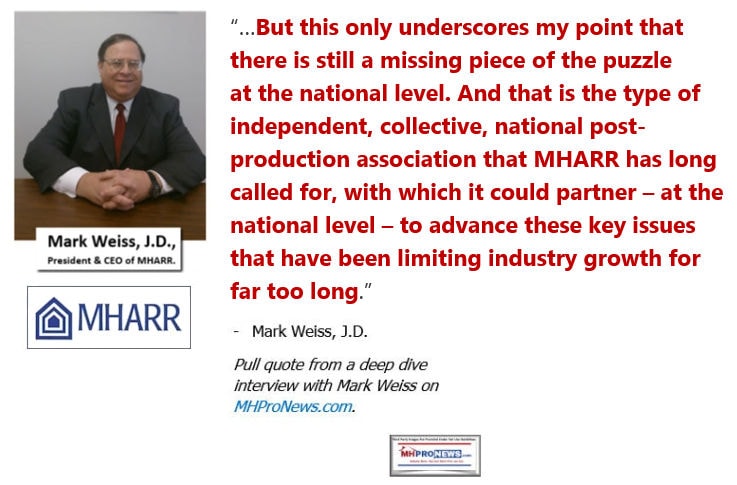

Keep it simple, smarty. Stay tuned for more from your #1 source for the most-read manufactured housing “Industry News, Tips, and Views Pros Can Use” © where “We Provide, You Decide.” © (Affordable housing, manufactured homes, reports, fact-checks, analysis, and commentary. Third-party images or content are provided under fair use guidelines for media.) (See Related Reports, further below. Text/image boxes often are hot-linked to other reports that can be access by clicking on them.)

By L.A. “Tony” Kovach – for MHLivingNews.com.
Tony earned a journalism scholarship and earned numerous awards in history and in manufactured housing. For example, he earned the prestigious Lottinville Award in history from the University of Oklahoma, where he studied history and business management. He’s a managing member and co-founder of LifeStyle Factory Homes, LLC, the parent company to MHProNews, and MHLivingNews.com. This article reflects the LLC’s and/or the writer’s position, and may or may not reflect the views of sponsors or supporters.
Connect on LinkedIn: http://www.linkedin.com/in/latonykovach
Related References:
The text/image boxes below are linked to other reports, which can be accessed by clicking on them.
February 2020, Latest National Manufactured Housing Production Data, MHI and MHARR Comparisons
Are Manufactured Housing Supply Chains in China Threatened by Coronavirus?


